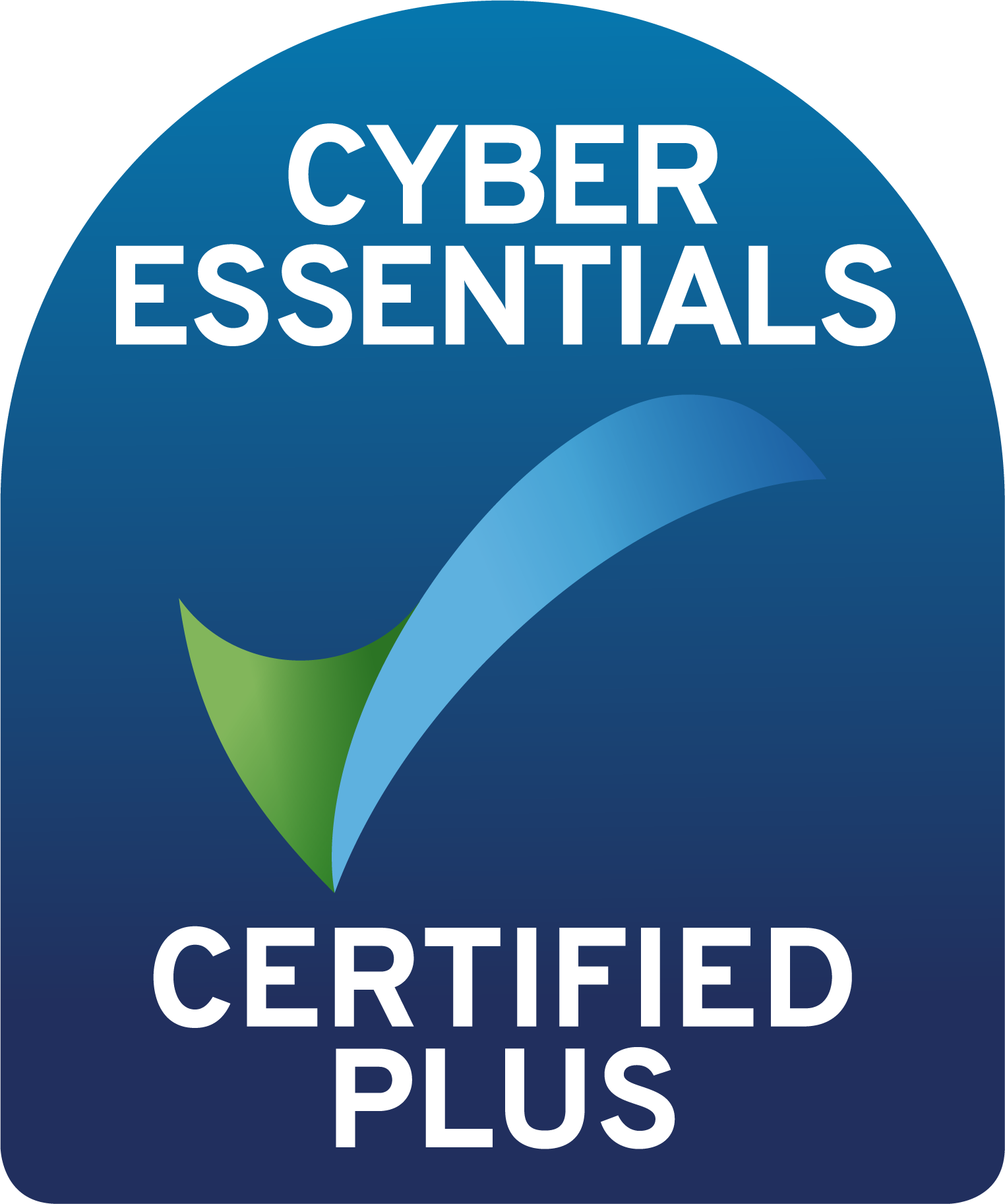Security
Moving to a SASE security model can provide many benefits for organisations, including increased system performance and reduced downtime. But what are the top 5 benefits of SASE?
What are the top 5 benefits of SASE?
1 - Reduces IT cost
Paying for, provisioning, monitoring and managing a variety of point security solutions isn’t cost effective. With SASE, organisations can leverage one cloud native solution and the patchwork of physical and virtual appliances becomes a thing of the past. This eliminates the cost of appliances and reduces network complexity and administration.
2 - Improves performance and reduces latency
SASE improves overall network performance with integrated load balancing and failover capabilities. VOIP telephony, video, collaboration, production control, mission-critical application use, access to business productivity apps all have different performance requirements. Some apps are particularly sensitive to latency while others aren’t. IT departments can set policies through SASE that route traffic through the most appropriate channels.
A SASE implementation also eliminates backhauling traffic to a single policy-enforcement point and the consequent scalability bottlenecks and increased latency. A SASE architecture allows you to optimise client-to-cloud latency by taking security to where the users and traffic are, and also accommodate seasonal traffic fluctuations with an on-demand, pay-as-you-go model.
3 - Fast network access for any user on any device in any location
Mobile, cloud, WAN, and edge locations must all be supported without sacrificing performance or functionality. Many virtual and physical appliances struggle to meet this criteria. This is because security appliances are often inherently tied to a specific location.
4 - SASE is easy to manage
Because SASE management is one central cloud-based management application, it controls the entire service from a single point. It also means cost and complexity do not grow at the same rate as the network. As an example, managing SD-WAN, SWG, NGFW, and VPN appliances across multiple company locations requires significantly more IT resource than a single location. With SASE, management complexity doesn’t grow in the same way because it’s a single cloud based management application.
5 - Zero trust security
SASE provides organisations with the ability to unify the implementation and enforcement of policies. As SASE is a cloud-based architecture, it enables the same set of security options to be brought closer to the user, their applications, and devices no matter where they’re located, even as they travel from location to location and move through different devices.
SASE offerings are designed to replace the implicit trust in legacy networking models with explicit, continuously assessed adaptive risk and trust levels based on identity and context for all connections — remote, on-premise, or at headquarters.

What security capabilities does SASE include?
SASE combines software-defined wide area networking (SD-WAN) capabilities with a number of network security functions, all of which are delivered from a single cloud platform. In this way,
SASE enables employees to authenticate and securely connect to internal resources from anywhere, and gives organisations better control over the traffic and data that enters and leaves their internal network.
What other advantages does SASE bring?
The resulting converged cloud service is substantially more efficient than building your own SASE using manually integrated, separate cloud-based technologies.
Minimize inefficient traffic with efficient intelligent and secure direct-to-cloud access.
Protect remote sites via SD-WAN using industry standard Dynamic IPSec and GRE protocols leveraging SD-WAN technology that connects office sites to cloud resources faster and more directly than ever before.
Enjoy low latency and unlimited scalability with a global cloud footprint and cloud-native architecture that includes global Peering POPs (Point of Presence) reducing delays.
Cloud service with 99.999% uptime (Maintained Service Availability) and internet speeds faster than a direct connection, improves the productivity of your workforce while reducing the cost of your network infrastructure.
What SASE isn't
Because of all the buzz around SASE, many “SASE vendors” are marketing solutions that have features found in SASE. However, most of these solutions miss the mark when it comes to achieving SASE’s promise of a holistic and converged network security solution.
You can find out more about what SASE isn't on this page.




